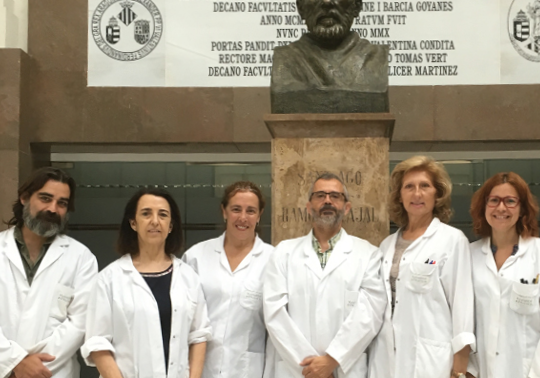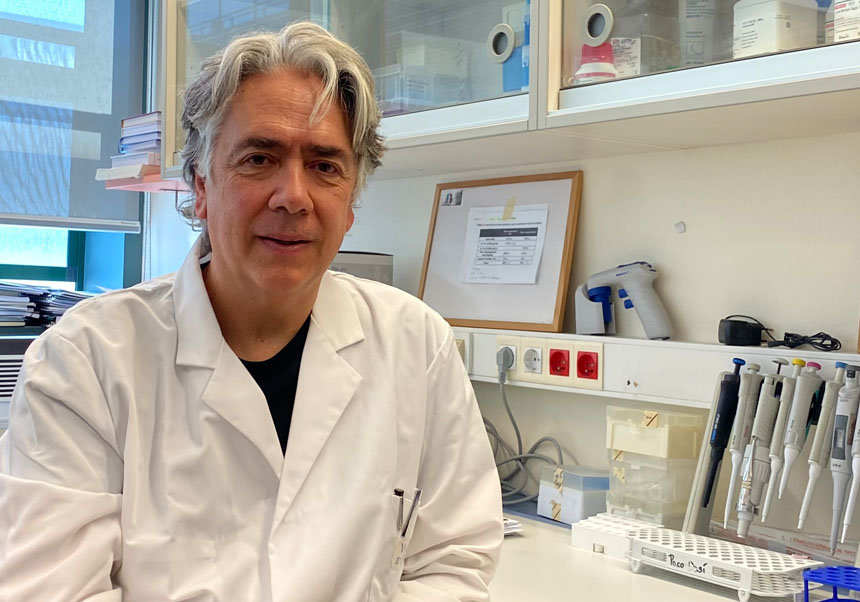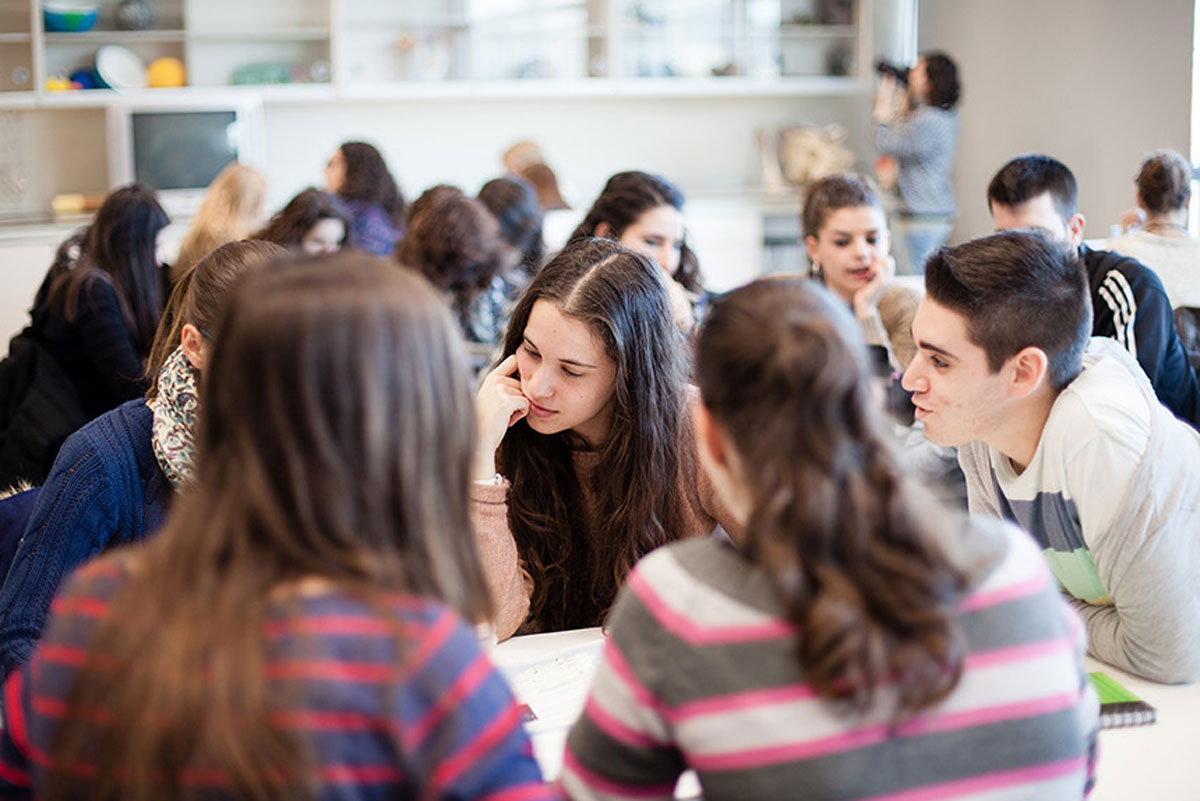The UV and INCLIVA study how to combine cells and materials to regenerate the cartilage of joints
- November 15th, 2016

A project by the UV, the Universitat Politècnica de València and the Health Research Institute INCLIVA to regenerate the cartilage of joints is being developed by the Massachusetts Institute of Technology (MIT). The proposal, headed by the full university professor of Histology Carmen Carda, develops a tissue engineering solution in which cells, synthetic biodegradable polymers and natural materials from the patient are combined.
The selected project, “Microesferas para la regeneración del cartílago en las articulaciones” (Microsphere for the regeneration of the cartilage of joints), takes part in the International Mentoring Programmes of the Foundation for Health Innovation and Foresight in Spain (FIPSE, in its Spanish acronym), which is coordinated at the same time in the IDEA Global programme of the MIT, the Massachusetts Institute of Technology. The main goal of this proposal is to support more innovative medical and health technology and its promoters, to turn their ideas into products and services with a high impact in health care.
The project has been presented by researchers from the Pathology Department (UV) and in collaboration with the Center for Biomaterials and Tissue Engineering (UV), and the Health Research Institute (INCLIVA).
Carmen Carda explains that injuries in joints are common in young people and middle-aged adults and, even though they are not specially serious, they are annoying and disabling. Nowadays, surgeons have very few tools to treat them. “Our research group has been analysing for several years how to combine cells with materials so this can regenerate damaged issue, in this case the joint cartilage. Materials which combine synthetic biodegradable polymers and natural materials from the patient have been developed.” says.
The combination produces a material which is placed in the damaged area and, the research team headed by the UV has proved that, in studies with animals, concretely rabbits, after three months the organism has moved all the material and has substituted it by tissue whose histologic aspect seems like natural tissue with an articular surface completely functional.
María Sancho-Tello (UV); and Gloria Gallego and José Luis Gómez Ribelles (Universitat Politècnica de València), researchers of the project have reviewed it during two days by professors from the MIT and other innovative centres of Boston from different specialisations. Now, the team trusts the mentors from the Massachusetts Institute of Technology to help them to explore the options to patent the advance, to produce the medical devices needed to apply it, as well as to create a market research and analyse its commercial viability.
“These have been days of intense work and we have received all kinds of recommendations and suggestions to improve the project: scientific and methodological proposals, those related with the possibility to patent them, even its commercialisation”, explains the professor María Sancho-Tello. “Mentors of the MIT have been assigned to us and we are back with a lot of assignments to polish the project –continues–. We have six months to improve it, including stays in Boston and Madrid, after which we will have to make a new presentation.”
The project starts thanks to the support of VLC Bioclinic programme, launched by the UV and INCLIVA.
File in: Investigació a la UV , Departaments , Patologia
















